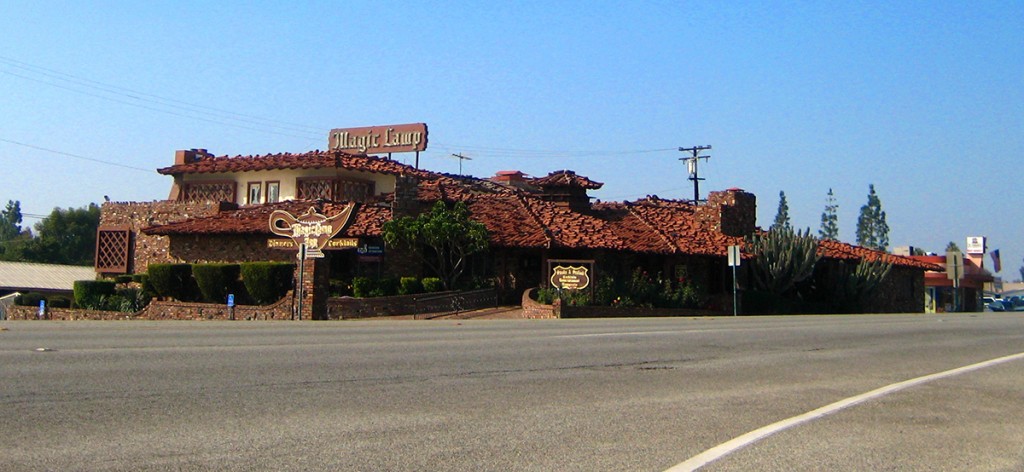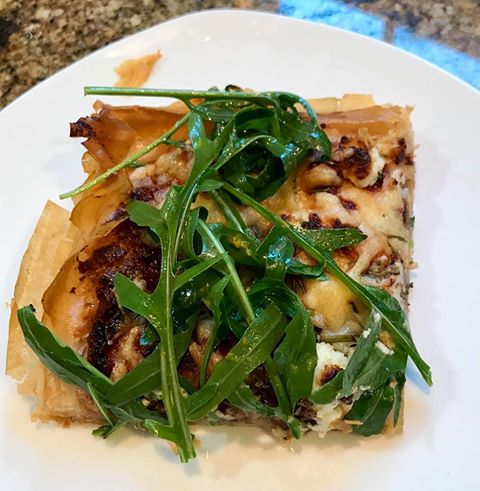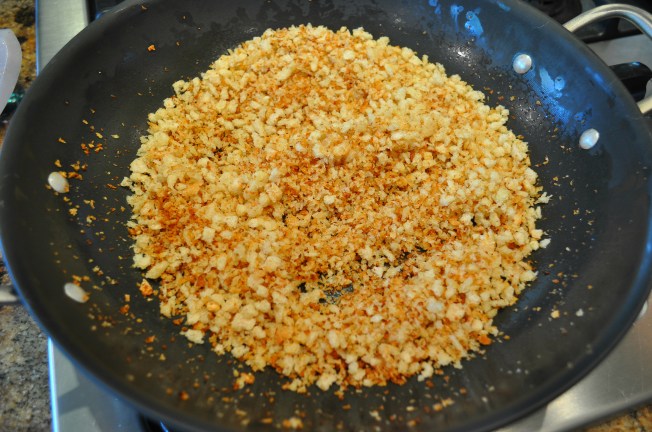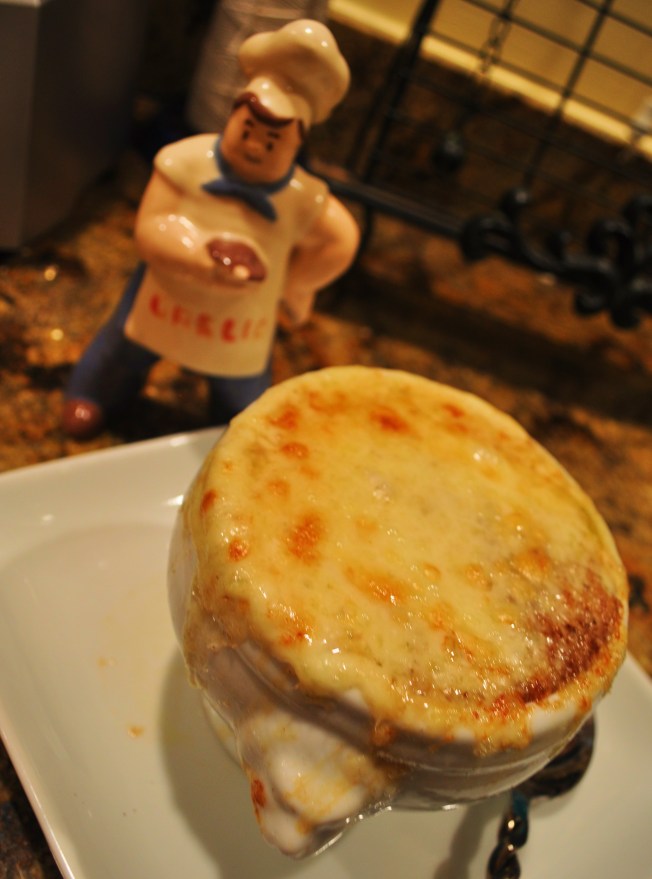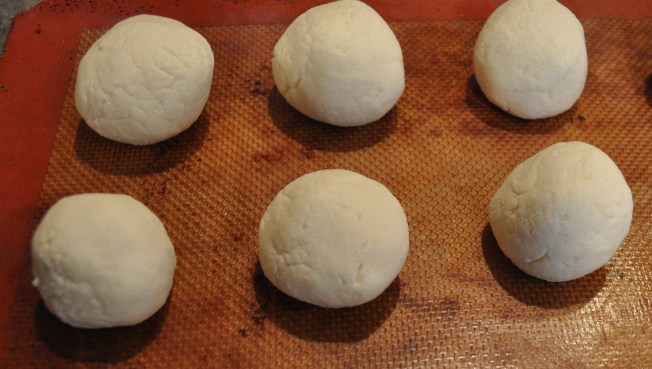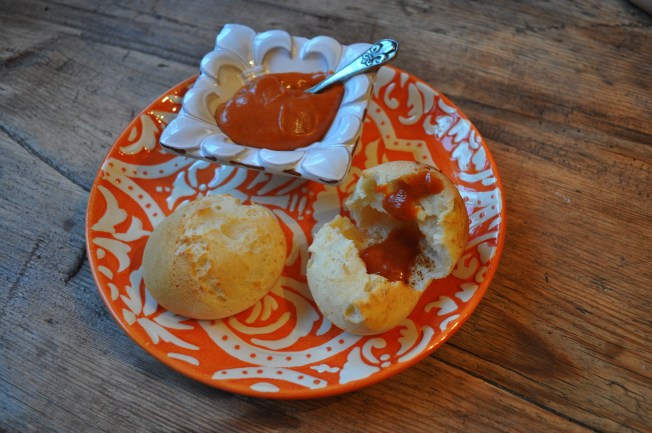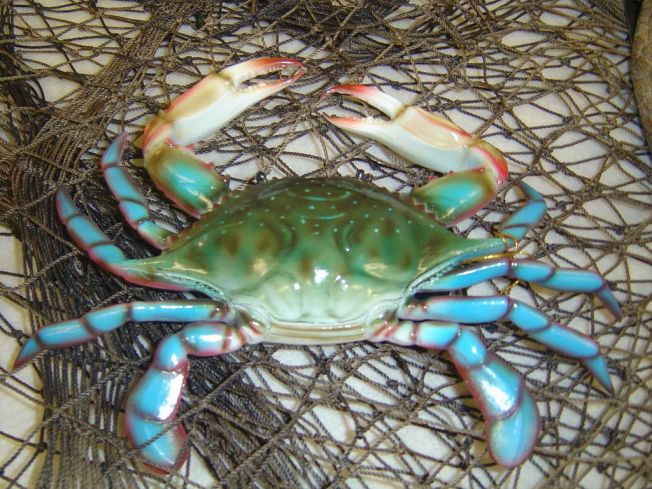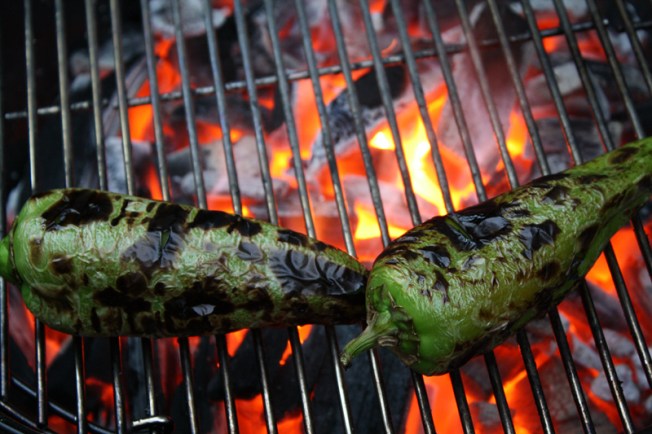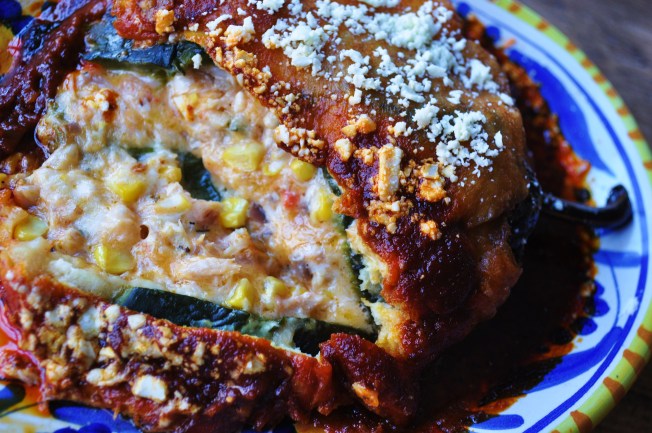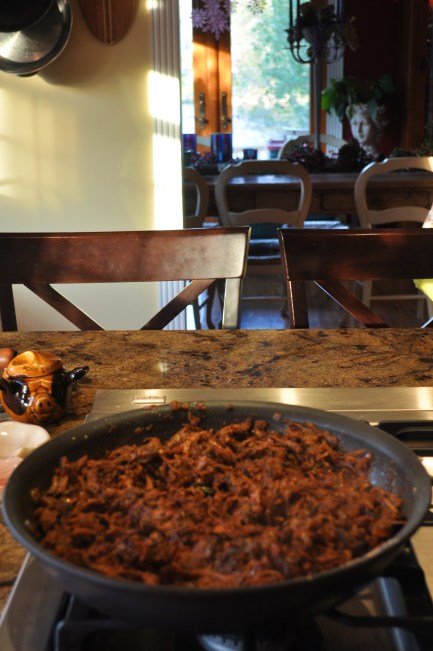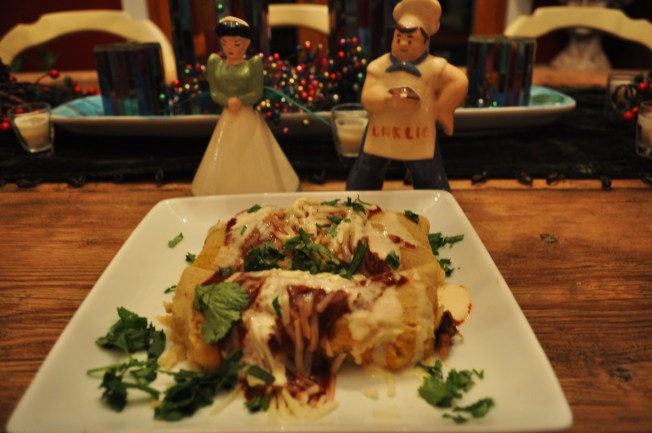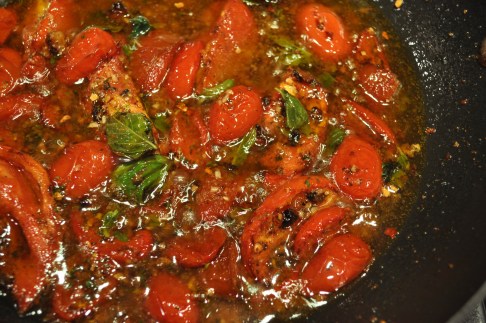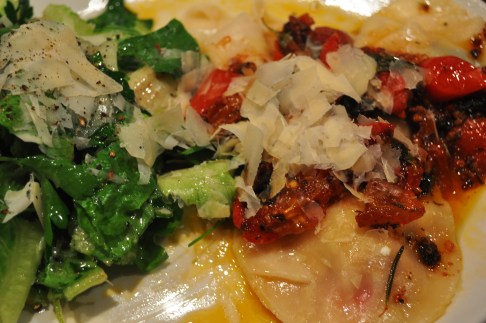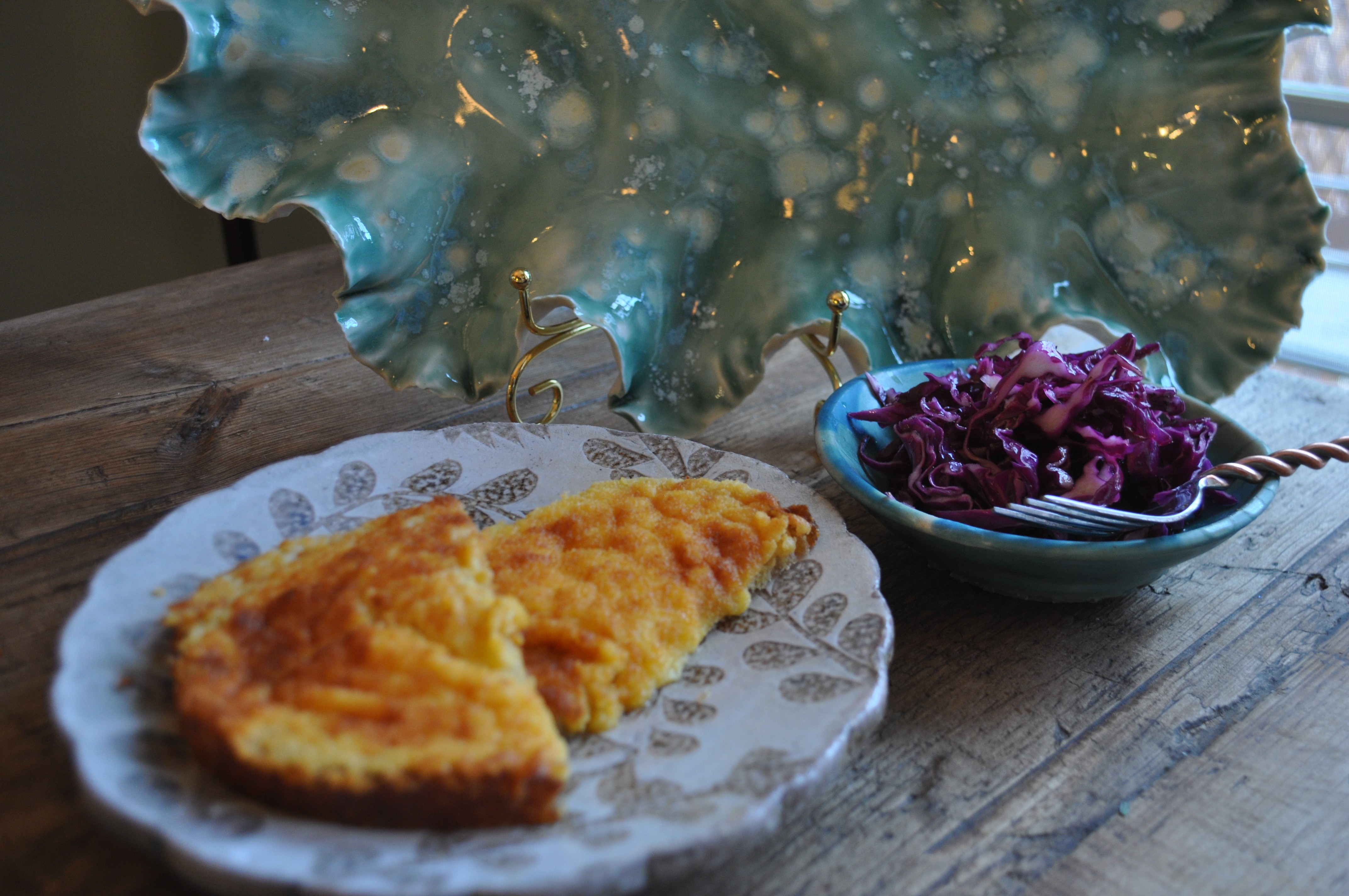

Growing up in Southern California in the 1960’s and ‘70’s I got to enjoy a lot of fun theme restaurants. They were somehow an extension of Hollywood and the era that ushered in Disneyland and many other area theme parks of that day. A few remain, but many have been shuttered over the years to make way for malls, freeways and most importantly housing developments as human encroachment took over the land of my birth. We had sunshine and great weather till the people came, then we had traffic, smog, inflated real estate prices and lots of other problems.
One of the few remaining theme restaurants is Clearman’s Northwood’s Inn in Covina. They also have sites in La Mirada and San Gabriel, but mine was in Covina. Opening in the height of LA fun and fancy in 1958 they still manage to draw crowds.
When you drive up on a hot southern California day, your eyes deceive you, it looks like a snow covered Alaskan log lodge. As you step into a North Woods Inn, you’ll slowly pull open a heavy wooden door and peer into a dimly lit and richly decorated room of rustic log walls, massive taxidermied bears, jewel-toned stained glass, sawdust-strewn floors and eccentric hunting-lodge kitsch. The signs tell you to “Please throw peanut shells on floor.”
You must arrive hungry. Entrees include all you can eat of two salads, recipes below, their famous garlic cheese bread, rice pilaf, a one pound baked potato with cheese, butter, sour cream and mushroom gravy. And then there are the huge steaks!
So over the years I had to recreate the recipes since I moved thousands of miles away from these favorite salads and cheeese bread! Here are my takes on them. Some people mix the buttermilk blue cheese on iceberg with the red cabbage salad, but I like to use the red cabbage as a palate cleanser. The cheese bread is my favorite and I think it is also like the bread at a long gone nearby establishment The Trails.
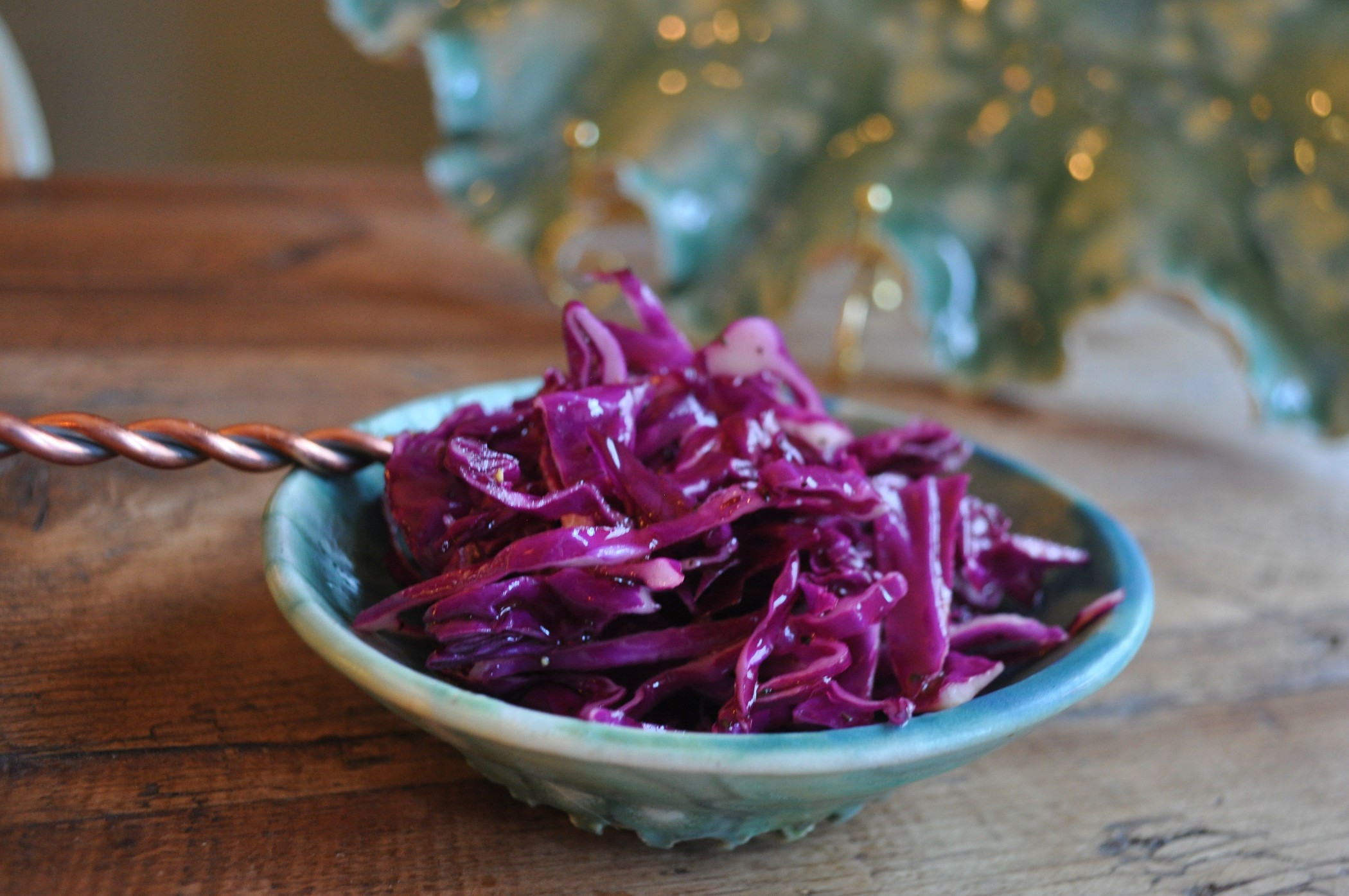
The Northwoods Inn Red Cabbage Salad
1/2 cup . red wine vinegar
4 T. sugar
3 tsp. kosher salt
2 tsp. seasoned salt
1/4 tsp. pepper
1/4 TBS. grated onion
1/2 cup olive oil
1 head red cabbage, coarsely shredded
Whisk together vinegar, sugar, salt, pepper, and onion until sugar and salt are completely dissolved. Whisk in oil. Dressing can be made ahead and stored in fridge. Bring to room temp before using. Pour over cabbage, toss well and let sit 10-15 minutes. Toss again and serve.

Clearman’S Northwoods Inn – Cheese Spread
In a food proccessor add:
1/2 ts dry mustard
1/2 ts celery salt
2 ts garlic salt & 6 garlic cloves
3 tb plus 2 teaspoons fresh lemon juice
2 ts tabasco
1 ts paprika
1 lb butter
1 lb cheddar cheese – grated finely
3 oz romano cheese, grated
Mix until well blended. Refrigerate
Put onto sourdough bread, place under broiler until lightly toasted.
Keeps 6 weeks in fridge, can be frozen
The Clearman’s Blue Cheese Dressing
They serve this on Iceberg, but I prefer it on butter lettuce
· 1 cup buttermilk
· 1 cup sour cream
· 3 cloves garlic
· 1/8 tsp sugar
· 1 tablespoon Hungarian sweet paprika
· 1 teaspoon salt
· 6 tablespoons blue cheese
PREPARATION:
In a food processor combine buttermilk, sour cream, garlic, sugar, paprika, and salt. Blend until smooth. Add blue cheese, and pulse quickly once or twice. Do not blend. You want small chunks of blue cheese.
Refrigerate 4 hours or more before serving to let flavors blend.
Yield: About 1-1/3 cups
Another one of Mr Clearman’s fantastic establisments farther West in Cucamonga, now Rancho Cucamonga still stands, The Magic Lamp Inn.
